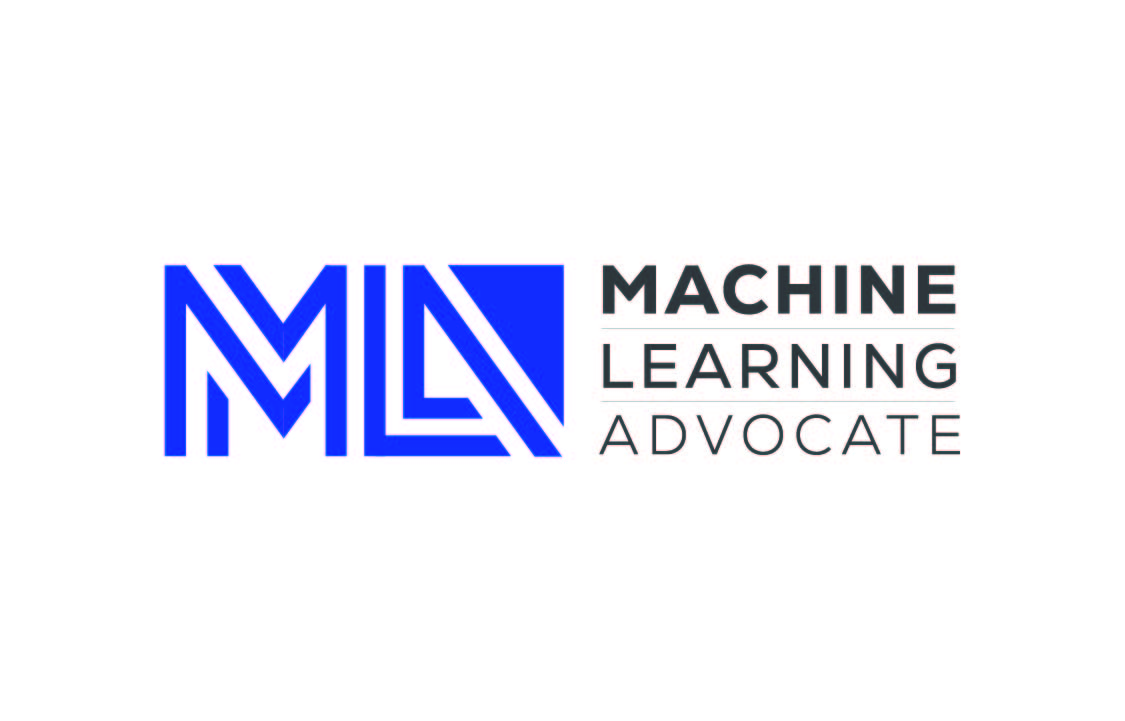“I’m not a math person.”
I hear this from smart professionals all the time when they consider learning machine learning. They see equations in tutorials, panic, and convince themselves this field isn’t for them.
You don’t need to master advanced mathematics before building your first useful ML model. But you will need to learn more math as you advance. The key is starting with problems you care about, then learning the math that helps solve them.
The Math Anxiety Trap
Most ML education creates math anxiety by starting with equations instead of problems. You open a tutorial and immediately see partial derivatives, linear algebra, and probability theory. No context, no intuition, just symbols.
That’s backwards.
Machine learning math exists to solve real problems. Every equation represents something concrete you can understand with common sense. Start there, and the formal math becomes much less intimidating.
What You Actually Need to Get Started
Basic arithmetic and algebra: Understanding relationships between numbers. If you can calculate tips or figure out gas mileage, you’re ready for basic ML operations.
Reading graphs: Interpreting charts and plots. If you can read a weather forecast or stock chart, you can interpret model performance.
Understanding averages: Basic statistics like means and patterns. If you know your average commute time varies by day of the week, you grasp the foundation of data analysis.
That’s it for starting. Seriously.
A Real Example: From Problem to Math
Let me show you how this works with a project I did for a small manufacturer. They wanted to predict when machines would need maintenance.
Started with the problem: Machines break down unexpectedly, costing money and delaying orders.
Found the pattern: By looking at sensor data, we noticed vibration levels consistently increased before failures.
Applied basic math: We calculated that when vibrations increased by 20% above normal, failure usually happened within 72 hours.
Added sophistication gradually: As the system proved valuable, we learned about regression analysis to make more precise predictions, then probability theory to calculate confidence levels.
The business value came from solving a real problem with simple pattern recognition. The advanced math helped us refine and improve the solution.
Your Learning Path
Phase 1: Start with problems
- Pick a prediction challenge you actually care about
- Use existing tools and libraries for the heavy mathematical lifting
- Focus on understanding what the results mean, not how they’re calculated
Phase 2: Learn the fundamentals
- Basic statistics (averages, distributions, correlation)
- Simple linear relationships
- Reading and interpreting model outputs
Phase 3: Add depth as needed
- Linear algebra (when working with images or text)
- Calculus (when optimizing model performance)
- Probability theory (when dealing with uncertainty)
The Math You Don’t Need Yet
Skip these until you have specific projects that require them:
- Advanced calculus and differential equations
- Complex probability distributions
- Matrix decomposition techniques
- Information theory
Many successful ML practitioners learn these concepts over years, not months. You can build valuable applications while gradually expanding your mathematical toolkit.
Building Confidence
Use analogies that actually work: Gradient descent is like rolling a ball down a hill to find the bottom. Linear regression is drawing the best line through scattered points. Start with these mental models.
Work with real data immediately: Abstract math feels pointless. But when you’re trying to predict something you care about, every mathematical concept becomes a useful tool.
Don’t memorize formulas: Understand what they do and when to use them. Modern software handles the calculations.
The Reality Check
Will you eventually need more math if you want to advance in ML? Yes. But you don’t need it all upfront.
Think of it like cooking. You can make great meals knowing basic techniques, then gradually learn more sophisticated methods as your skills and interests develop. You don’t need to master French cuisine before you can feed yourself.
The same applies to machine learning. Start with problems you want to solve, use the math you already understand, and learn more advanced concepts when you encounter genuine needs for them in your projects.
Your mathematical intuition will grow naturally as you work with real data and see how different techniques solve different challenges.
What prediction problem would you like to tackle first? The math will follow from there.
